White Rhinoceros
- February 22, 2024
- 0 comment
The white rhinoceros, also known as the square-lipped rhinoceros, is a magnificent species native to the grasslands and savannas of southern Africa. Despite its name, the white rhinoceros is not actually white; instead, it derives its name from the Dutch word “wijde,” meaning “wide,” referring to its broad, square lips. These gentle giants are the second largest land mammal, surpassed only by the elephant, and can weigh anywhere between 1,700 to 2,300 kilograms. One of their most distinctive features is their prominent horns, which can grow up to 1.5 meters in length and are made of keratin.
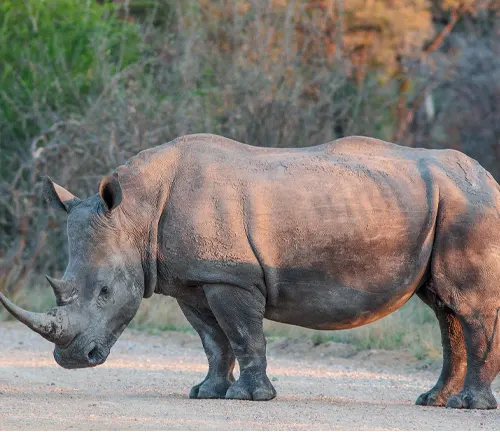
White rhinoceros are primarily herbivores, feeding on grasses with their wide mouths perfectly adapted for grazing. They play a crucial role in their ecosystem by controlling grass growth and supporting a diverse range of wildlife. However, they face numerous threats, including habitat loss, poaching for their horns, and human-wildlife conflict. Conservation efforts are underway to protect these majestic creatures and ensure their continued existence for future generations.
| Specification | Description |
|---|---|
| Scientific Name | Ceratotherium simum |
| Common Name | White Rhinoceros |
| Habitat | Grasslands and savannas of southern Africa |
| Conservation Status | Near Threatened (IUCN Red List) |
| Weight | 1,700 to 2,300 kilograms |
| Height | Approximately 1.8 meters at the shoulder |
| Horn Length | Up to 1.5 meters |
| Diet | Herbivorous; primarily feeds on grasses |
| Social Structure | Generally solitary, but can sometimes be found in small groups called crashes |
| Reproduction | Gestation period of approximately 16-18 months; single calf born |
| Threats | Habitat loss, poaching for horns, human-wildlife conflict |
| Importance in Ecosystem | Helps control grass growth, supports diverse wildlife |
| Conservation Efforts | Anti-poaching patrols, habitat protection, community education |
Majestic Giants of the African Plains
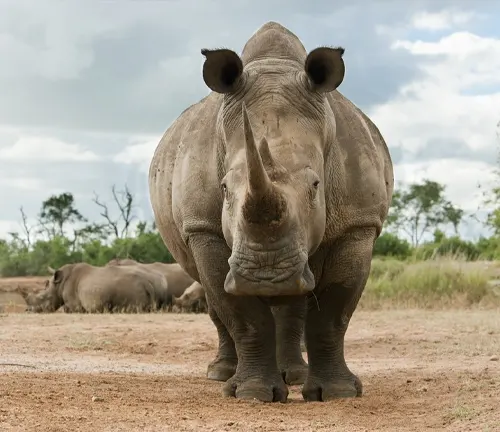
The white rhinoceros, often referred to as the square-lipped rhinoceros, is one of the iconic symbols of African wildlife. These magnificent creatures hold a significant place in the ecosystem and captivate the hearts of many with their sheer size and gentle demeanor.
Classification and Species
Contrary to what their name suggests, white rhinoceros are not actually white. The name “white” is believed to be a misinterpretation of the Dutch word “wijde,” meaning “wide,” describing their wide, square lips, which differentiate them from black rhinoceros.
Habitat and Distribution
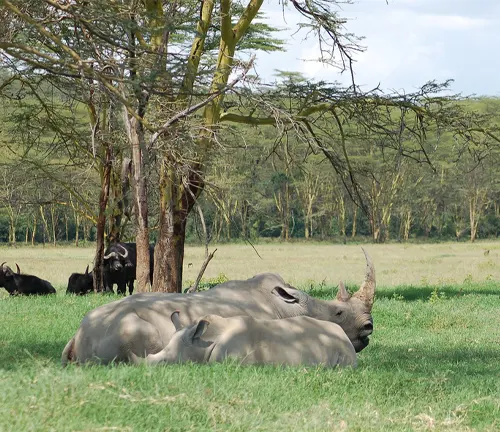
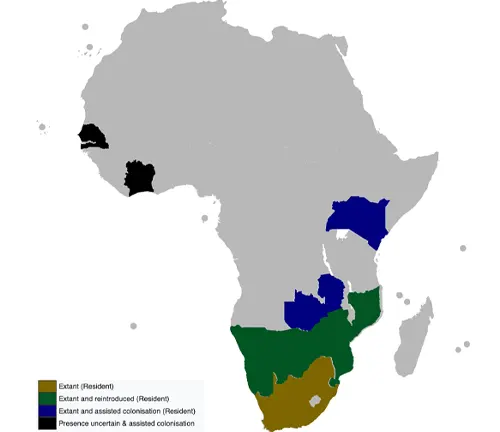
The white rhinoceros is primarily found in the grasslands and savannas of southern Africa. Its habitat includes countries such as South Africa, Zimbabwe, Namibia, and Kenya. These areas provide the ideal environment for white rhinoceros, characterized by open spaces where they can graze on grass. However, due to habitat loss and human encroachment, their distribution has become more limited over time. Conservation efforts are crucial to protect and preserve their remaining habitat and ensure the survival of white rhinoceros populations in the wild.
Physical Characteristics
White rhinoceros are the second largest land mammal, surpassed only by the elephant. They can weigh anywhere between 1,700 to 2,300 kilograms and stand at a height of about 1.8 meters at the shoulder. One of the most distinguishing features of the white rhinoceros is its prominent horns, which are made of keratin and can grow up to 1.5 meters in length.

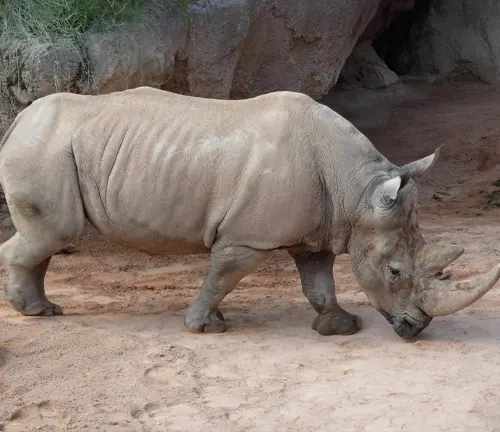
Size and Weight: White rhinoceros are the second largest land mammal, surpassed only by the elephant. They can weigh anywhere between 1,700 to 2,300 kilograms (3,700 to 5,100 pounds).
Height: At the shoulder, white rhinoceros stand at an impressive height of approximately 1.8 meters (6 feet).
Body Shape: They have a broad, square-shaped body with a relatively long head and neck.
Skin: Their skin is thick and rough, providing protection from the elements and potential predators.
Horns: One of the most distinctive features of the white rhinoceros is its prominent horns. They have two horns on their snout, with the front horn being larger than the rear one. These horns are made of keratin, the same material found in human hair and nails, and can grow up to 1.5 meters (5 feet) in length.
Ears and Eyes: White rhinoceros have relatively small ears and eyes compared to their massive body size.
Mouth: They have wide, square-shaped lips, which are adapted for grazing on grasses.
Behavior and Social Structure
These gentle giants are generally solitary animals, although they can sometimes be found in small groups called crashes. They have a well-defined territory and use scent marking to communicate with other rhinos.
Solitary Nature
White rhinoceros are primarily solitary animals, which is essential for understanding their territorial behaviors and how they interact with other individuals within their habitat. This solitary nature influences their daily activities, ranging from foraging for food to defending their territories.
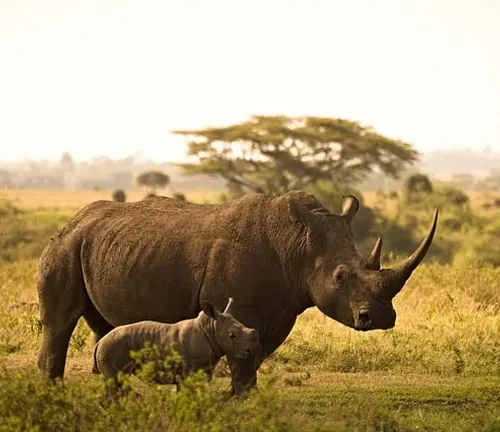
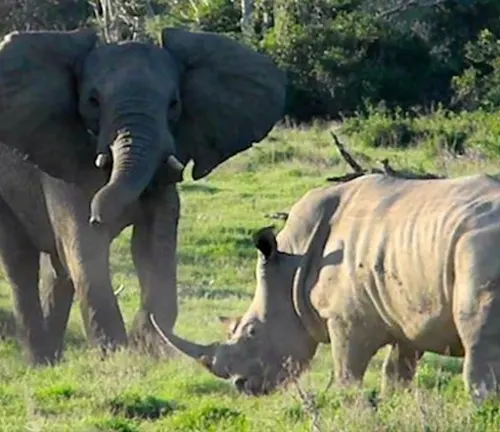
Territoriality
The territorial behavior of white rhinoceros is crucial for maintaining their space and resources within their habitat. Establishing and defending territories helps prevent conflicts between individuals and ensures access to food, water, and potential mates. Understanding their territorial behavior is vital for conservation efforts aimed at preserving their habitats and minimizing human-wildlife conflicts.
Communication
Communication plays a significant role in the social structure of white rhinoceros. Through vocalizations, body language, and scent markings, they convey information about their presence, territory boundaries, and reproductive status to other rhinos. Effective communication helps minimize aggression and facilitates social interactions within their population. Studying their communication patterns provides valuable insights into their social dynamics and can aid conservationists in monitoring and managing rhino populations effectively.

Diet and Feeding Habits
White rhinoceros are herbivores, primarily feeding on grasses. Their wide mouths are perfectly adapted for grazing, allowing them to efficiently consume large quantities of grass in a single day.
Herbivorous Diet
White rhinoceros are strict herbivores, meaning they primarily feed on plant matter, particularly grasses. This aspect of their diet is crucial for understanding their role in the ecosystem as grazers, shaping vegetation dynamics and supporting biodiversity.
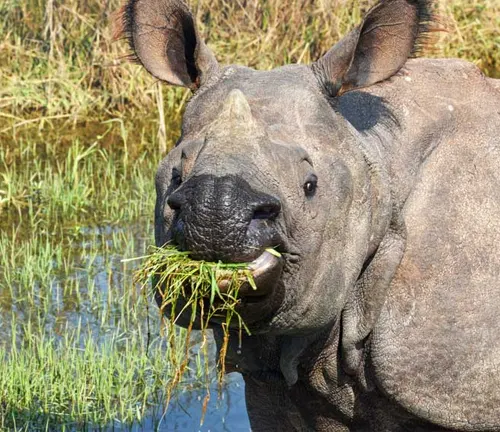

Grazing Behavior
White rhinoceros are specialized grazers, spending a significant portion of their day foraging for grass. Their wide, square-shaped lips are well-adapted for cropping grass close to the ground. Understanding their grazing behavior helps researchers and conservationists identify suitable habitats and manage grazing pressures to maintain healthy ecosystems.
Daily Feeding Requirements
White rhinoceros have high daily feeding requirements due to their large size and energy needs. They consume vast quantities of grass each day, sometimes grazing for several hours to meet their nutritional needs. Monitoring their feeding habits and dietary preferences is essential for assessing habitat quality, food availability, and potential impacts on rhinoceros populations.

Reproduction and Lifecycle
Female white rhinoceros reach sexual maturity at around 6-7 years of age, while males reach maturity later, at about 10-12 years. The gestation period for white rhinoceros is approximately 16-18 months, after which a single calf is born.
Gestation Period
The gestation period of white rhinoceros is notably long, lasting approximately 16 to 18 months. This extended gestation period is one of the longest among land mammals and is crucial for the development of the calf within the mother’s womb. Understanding the gestation period helps researchers and conservationists monitor reproductive cycles and predict birth seasons within rhinoceros populations.
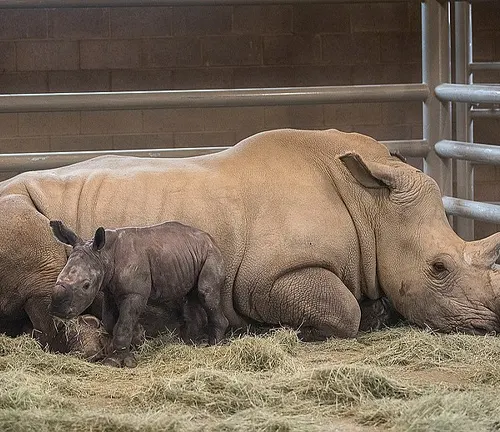
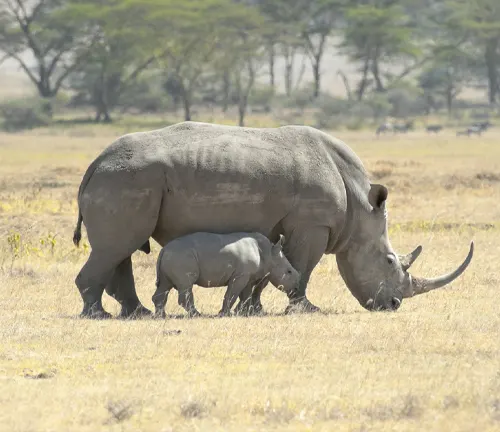
Maternal Care
Female white rhinoceros provide extensive maternal care to their offspring, nurturing and protecting them during their early stages of life. This maternal care includes nursing, grooming, and teaching essential survival skills to the calf. The strong bond between mother and calf is vital for the calf’s development and survival in the wild.
Reproductive Maturity
Both male and female white rhinoceros reach reproductive maturity at different ages. Female rhinos typically reach sexual maturity at around 6 to 7 years of age, while male rhinos may take longer, reaching maturity at about 10 to 12 years of age. Understanding the age at which rhinos become sexually mature is essential for managing breeding programs in captivity and monitoring reproductive success in the wild populations.
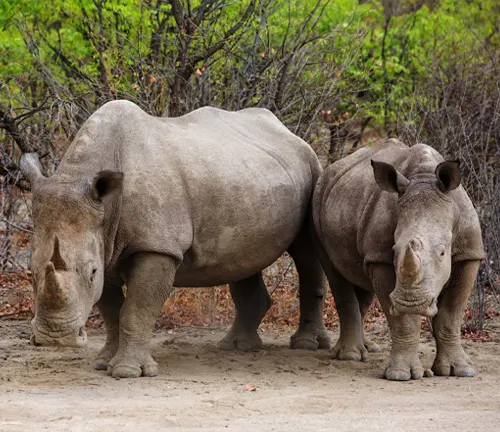
Conservation Status
Despite their formidable size, white rhinoceros face numerous threats, including habitat loss, poaching for their horns, and human-wildlife conflict. As a result, they are classified as near threatened on the IUCN Red List.
Threats
Understanding the threats facing white rhinoceros populations is crucial for effective conservation efforts. Poaching for their horns, habitat loss and fragmentation due to human encroachment, and human-wildlife conflict are among the most significant threats. Addressing these threats through anti-poaching measures, habitat protection, and community engagement is essential for safeguarding white rhinoceros populations.
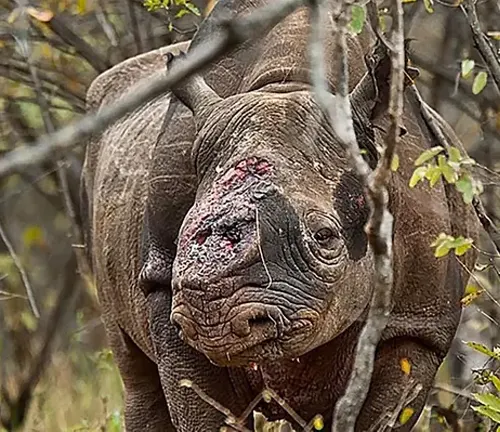
Conservation Efforts
Conservation efforts aimed at protecting white rhinoceros populations are multifaceted and require collaboration between governments, conservation organizations, local communities, and other stakeholders. Anti-poaching patrols, habitat restoration and protection, community education programs, and captive breeding initiatives are key components of conservation efforts. These efforts aim to mitigate threats and promote the recovery of white rhinoceros populations in the wild.

Monitoring and Management
Monitoring white rhinoceros populations and their habitats is essential for assessing conservation status, identifying trends, and evaluating the effectiveness of conservation interventions. Population surveys, habitat assessments, and tracking individual rhinos using telemetry and other techniques help inform management decisions and prioritize conservation actions. By continuously monitoring and adapting conservation strategies, stakeholders can better protect and sustain white rhinoceros populations for future generations.
Different Species
Southern White Rhinoceros
(Ceratotherium simum simum)
This subspecies is the most numerous and widespread of the two. It is found in southern African countries such as South Africa, Zimbabwe, Namibia, and Botswana. The southern white rhinoceros has a larger population size and a more stable conservation status compared to the northern white rhinoceros.
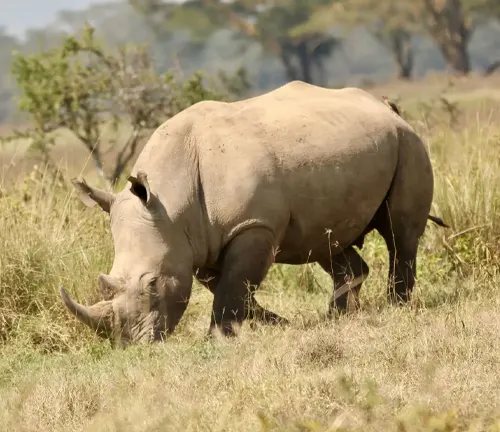
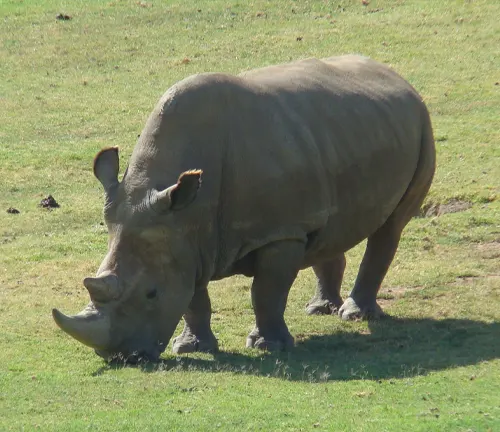
Northern White Rhinoceros
(Ceratotherium simum cottoni)
This subspecies is critically endangered, with only two known individuals remaining as of the last assessment. The northern white rhinoceros was historically found in parts of central and eastern Africa, including countries like Uganda, Sudan, and the Democratic Republic of the Congo. However, due to extensive poaching and habitat loss, it is now on the brink of extinction. Conservation efforts are underway to save the northern white rhinoceros through captive breeding and assisted reproduction techniques.
Frequently Asked Questions (FAQs)
- Are white rhinoceros aggressive animals?
While white rhinoceros are generally peaceful animals, they can display aggression, especially when defending their territory or offspring. Understanding their behavior and body language can help minimize potential conflicts. - How long do white rhinoceros live in the wild?
White rhinoceros have an average lifespan of 40 to 50 years in the wild, although some individuals may live longer in captivity due to reduced predation and access to veterinary care. - Do white rhinoceros have any natural predators?
Adult white rhinoceros have few natural predators due to their large size and formidable horns. However, calves may be vulnerable to predation by lions, hyenas, and crocodiles. - Why are white rhinoceros important to the ecosystem?
White rhinoceros play a crucial role in maintaining the balance of their ecosystems as grazers. By controlling grass growth, they influence vegetation dynamics and support a diverse range of wildlife. - How fast can white rhinoceros run?
White rhinoceros are capable of running at speeds of up to 40 kilometers per hour (25 miles per hour) for short distances, making them formidable when threatened. - Do white rhinoceros communicate with each other?
Yes, white rhinoceros communicate with each other through vocalizations, body language, and scent markings. These forms of communication help establish territories, convey mating readiness, and signal potential threats. - Can white rhinoceros swim?
While white rhinoceros are not known for being strong swimmers, they are capable of crossing shallow rivers and streams if necessary. However, they prefer to avoid water whenever possible. - How can I help protect white rhinoceros?
There are several ways to help protect white rhinoceros, including supporting conservation organizations, spreading awareness about the threats they face, avoiding purchasing products made from rhino horn, and advocating for stronger wildlife protection laws. - What is the difference between white rhinoceros and black rhinoceros?
The main difference between white rhinoceros and black rhinoceros lies in their feeding habits and lip shape. White rhinoceros are grazers with wide, square-shaped lips, while black rhinoceros are browsers with pointed, prehensile lips. - Can white rhinoceros be reintroduced into areas where they have become locally extinct?
Yes, there have been successful reintroduction efforts for white rhinoceros in certain areas where they were once locally extinct. However, such efforts require careful planning, habitat assessment, and community involvement to ensure their success and minimize potential conflicts.


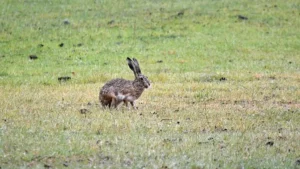
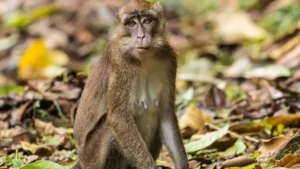
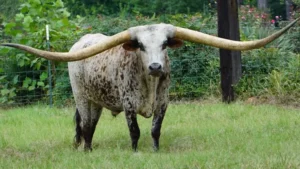


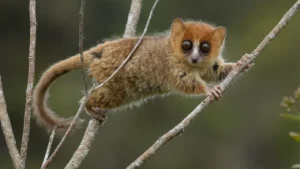
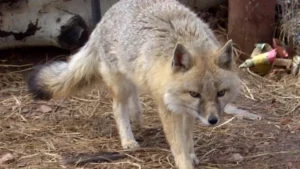
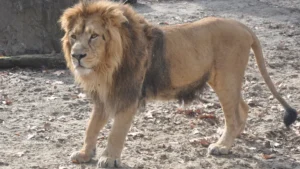
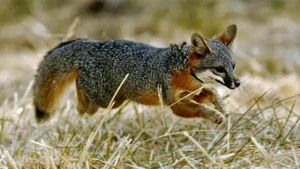
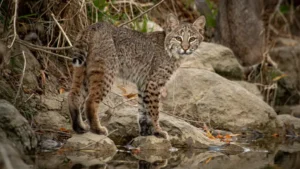
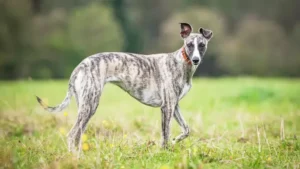
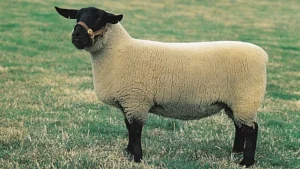
Leave your comment